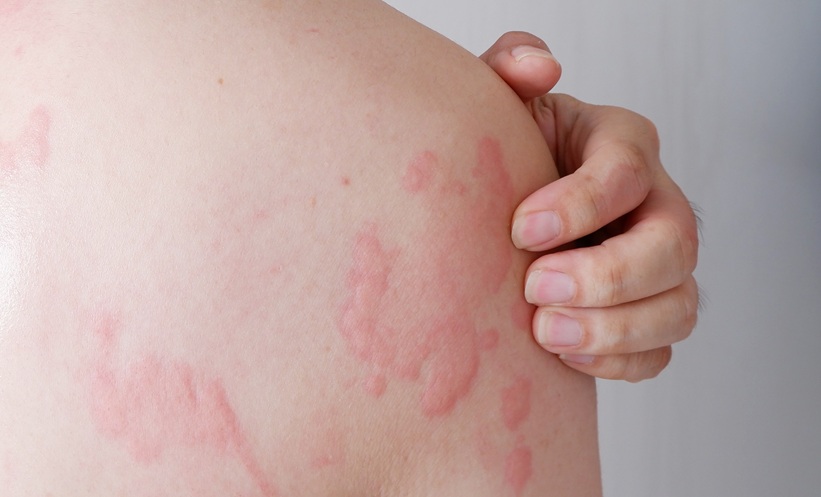STEVENS-JOHNSON syndrome and toxic epidermal necrolysis are severe mucocutaneous reactions, typically drug-induced, that result in widespread epidermal detachment and systemic complications. Mortality remains high despite supportive care and immunomodulatory treatments such as corticosteroids, intravenous immunoglobulin, cyclosporine, and TNF-α inhibitors. Current therapies primarily modulate immune responses but do not directly prevent keratinocyte death, a key driver of disease progression.
Targeting Keratinocyte Necroptosis in Stevens-Johnson Syndrome
Recent research highlights programmed cell death mechanisms, apoptosis and necroptosis, as central to Stevens-Johnson syndrome and toxic epidermal necrolysis pathology. Necroptosis, in particular, involves the annexin A1–FPR1 pathway, activating RIP1/RIP3 kinases and MLKL to execute keratinocyte death. Inhibiting this pathway offers a promising strategy to reduce epidermal detachment and systemic inflammation.
A preclinical study identified chenodeoxycholic acid, a primary bile acid, as an effective FPR1 antagonist. Chenodeoxycholic acid was shown to block ligand-induced necroptosis in keratinocytes and fully suppress Stevens-Johnson syndrome and toxic epidermal necrolysis-like symptoms in mouse models. Importantly, chenodeoxycholic acid acts upstream in the necroptosis pathway, preventing annexin A1 binding to FPR1, thereby inhibiting downstream signalling that leads to cell death. This mechanism distinguishes chenodeoxycholic acid from existing agents, which either modulate immune responses or act downstream in the pathway.
For dermatology clinicians, these findings suggest potential new avenues for therapeutic intervention. Chenodeoxycholic acid could complement supportive care by targeting the molecular drivers of keratinocyte death. Additionally, its known anti-inflammatory effects, suppressing TNFα, IL-1, and IL-6 release from monocytes, may further reduce tissue damage. While human clinical trials have yet to validate efficacy, early preclinical evidence indicates that timely intervention with FPR1 inhibitors could improve outcomes.
Integrating chenodeoxycholic acid into future treatment regimens may also benefit from combination therapy, addressing the multifaceted pathomechanisms of Stevens-Johnson syndrome and toxic epidermal necrolysis. By focusing on keratinocyte necroptosis alongside conventional immunomodulation, dermatologists may be able to reduce mortality, prevent long-term sequelae, and optimise patient recovery. Further research and clinical trials are required to establish safety, dosing, and therapeutic protocols in humans.
Reference
Kimura H et al. Inhibition of formyl peptide receptor-1-mediated cell death as a therapy for lethal cutaneous drug reactions in preclinical models. Nat Commun. 2025;16(1):8708.








